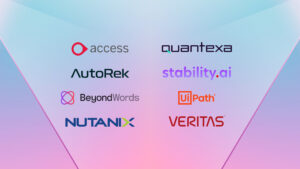
An introduction to Azure Kubernetes Service

Azure Kubernetes Service (AKS) simplifies deploying a managed Kubernetes cluster in Azure by offloading the operational overhead to Azure. As a hosted Kubernetes service, Azure handles critical tasks like health monitoring and maintenance, and since Kubernetes masters are managed by Azure, you only manage and maintain the agent nodes. Thus, AKS is free; you only pay for the agent nodes within your clusters, not for the masters.
You can create an AKS cluster using:
- The Azure CLI
- The Azure portal
- Azure PowerShell
- Using template-driven deployment options, like Azure Resource Manager templates, Bicep and Terraform
When you deploy an AKS cluster, the Kubernetes master and all nodes are deployed and configured for you. Advanced networking, Azure Active Directory integration, monitoring, and other features can be configured during the deployment process.
Resources
- Tutorial: Prepare an application for Azure Kubernetes Service
- White paper: Get up and running with Kubernetes
- White paper: Get hands-on experience with Kubernetes on Azure
- Azure Kubernetes Service (AKS) on Microsoft Docs
Get started with AKS
With Microsoft Learn, you can kick off your journey into Azure Kubernetes Service with easy to understand training – and best of all, it’s free! This is the perfect way to work through new software.
- Microsoft Learn: Introduction to Kubernetes
- Microsoft Learn: Introduction to Kubernetes on Azure
- Microsoft Learn: Introduction to Azure Kubernetes Service
- Microsoft Learn: Deploy a containerised application on Azure Kubernetes Service
- Microsoft Learn: Azure Kubernetes Service deployment pipeline and GitHub Actions
Learn more about AKS
Already using AKS and want to go further? Whether it’s learning something new within the Azure Kubernetes Service or becoming certified, there’s plenty more to explore and discover.
- Microsoft Learn: Configure Azure Kubernetes Service
- Microsoft Learn: Manage Azure Kubernetes Service on Azure Stack HCI
- Video: From Server 2012 to AKS with Azure Migrate
- Video: AKS in Action




